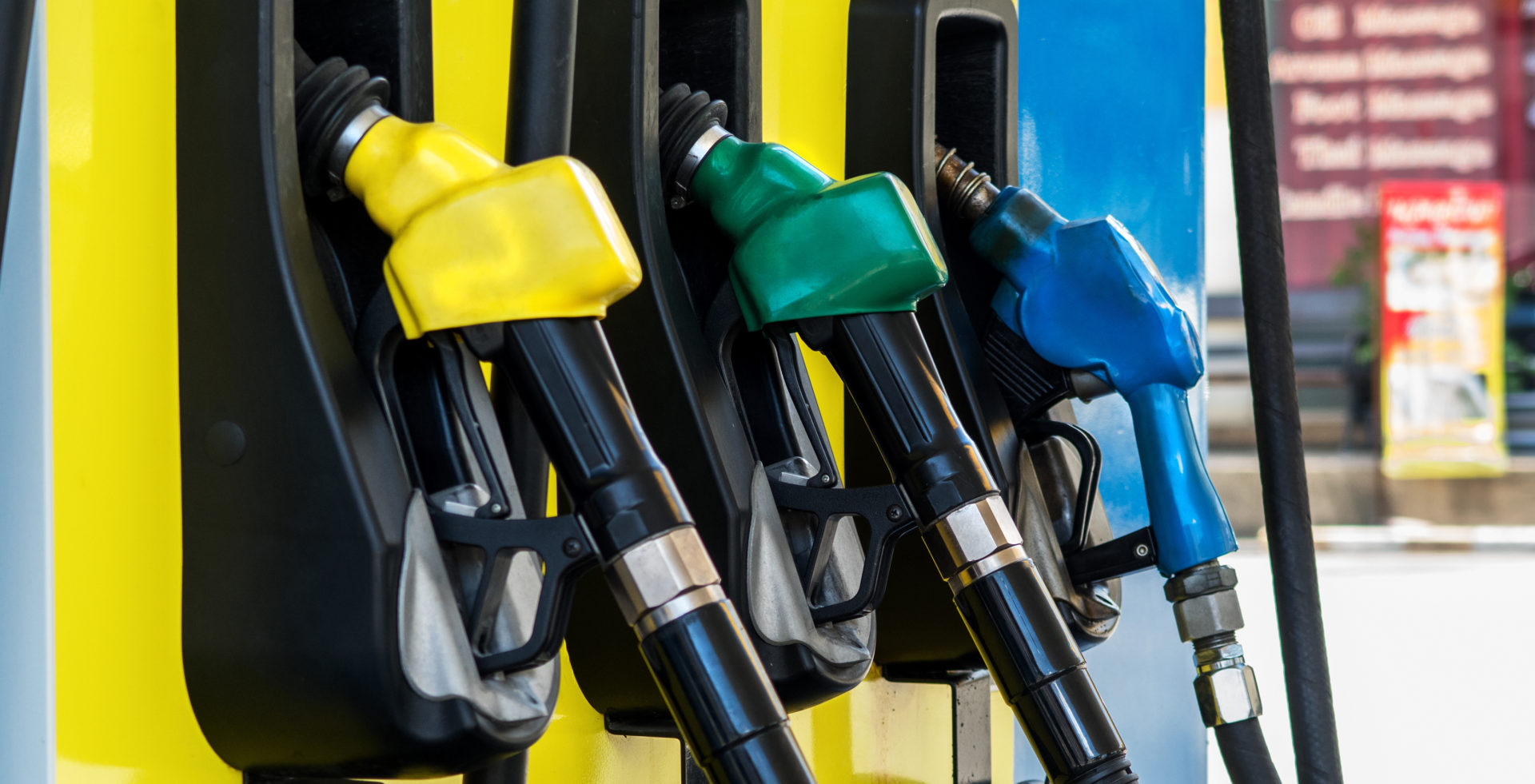Big Oil Fights Big Ag
Americans are spending 20 percent of their income on transportation. Big Oil and Big Ag are fighting for their share of that money by trying to control the EPA and pass new legislation. The Environmental Protection Agency (EPA) has finalized a rule to implement the long-term renewable fuels standard of 36 billion gallons by 2022 established by Congress. The U.S. Department of Agriculture has proposed a rule on the Biomass Crop Assistance Program (BCAP) that would provide financing to increase the conversion of biomass to bioenergy.


